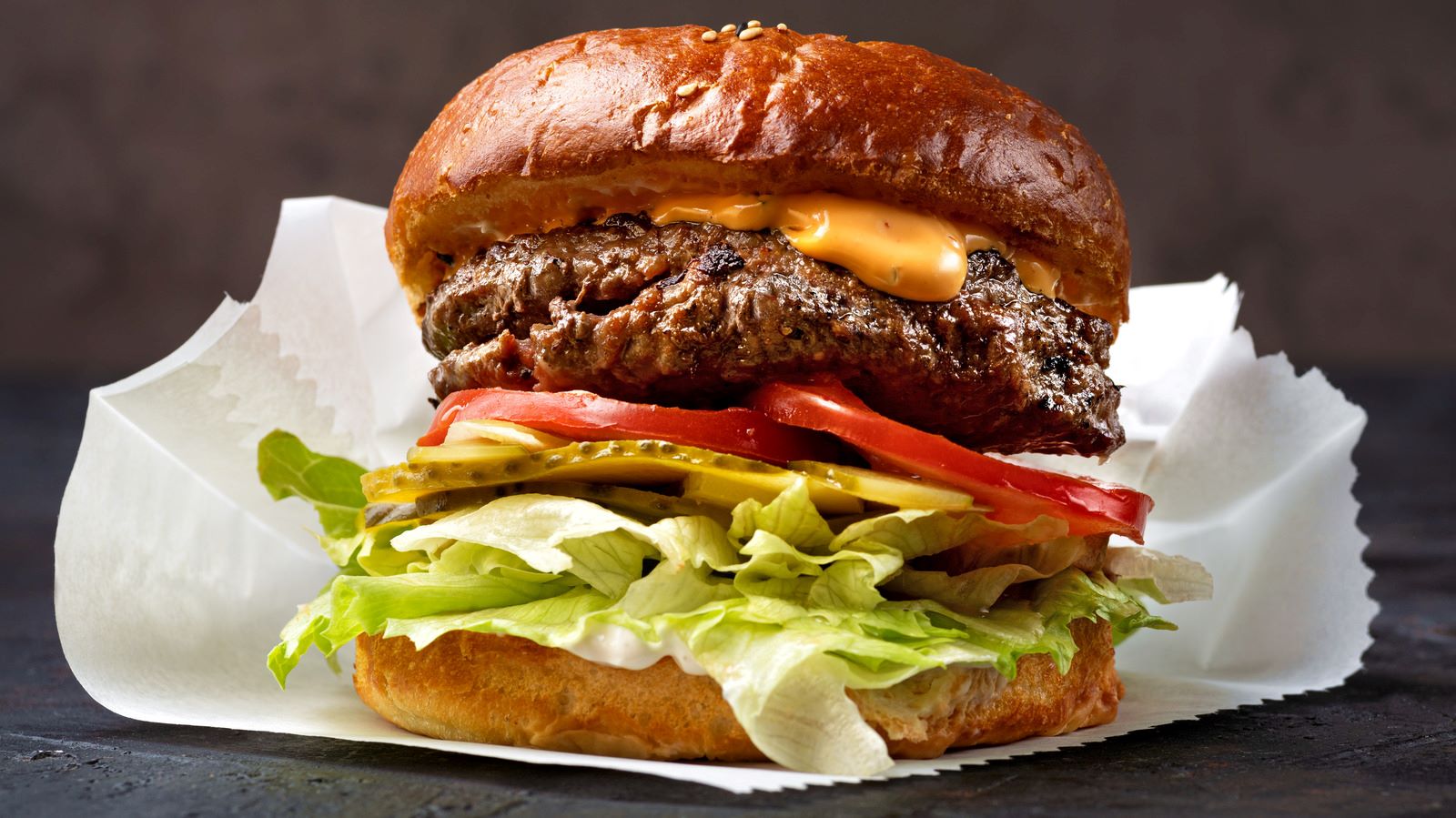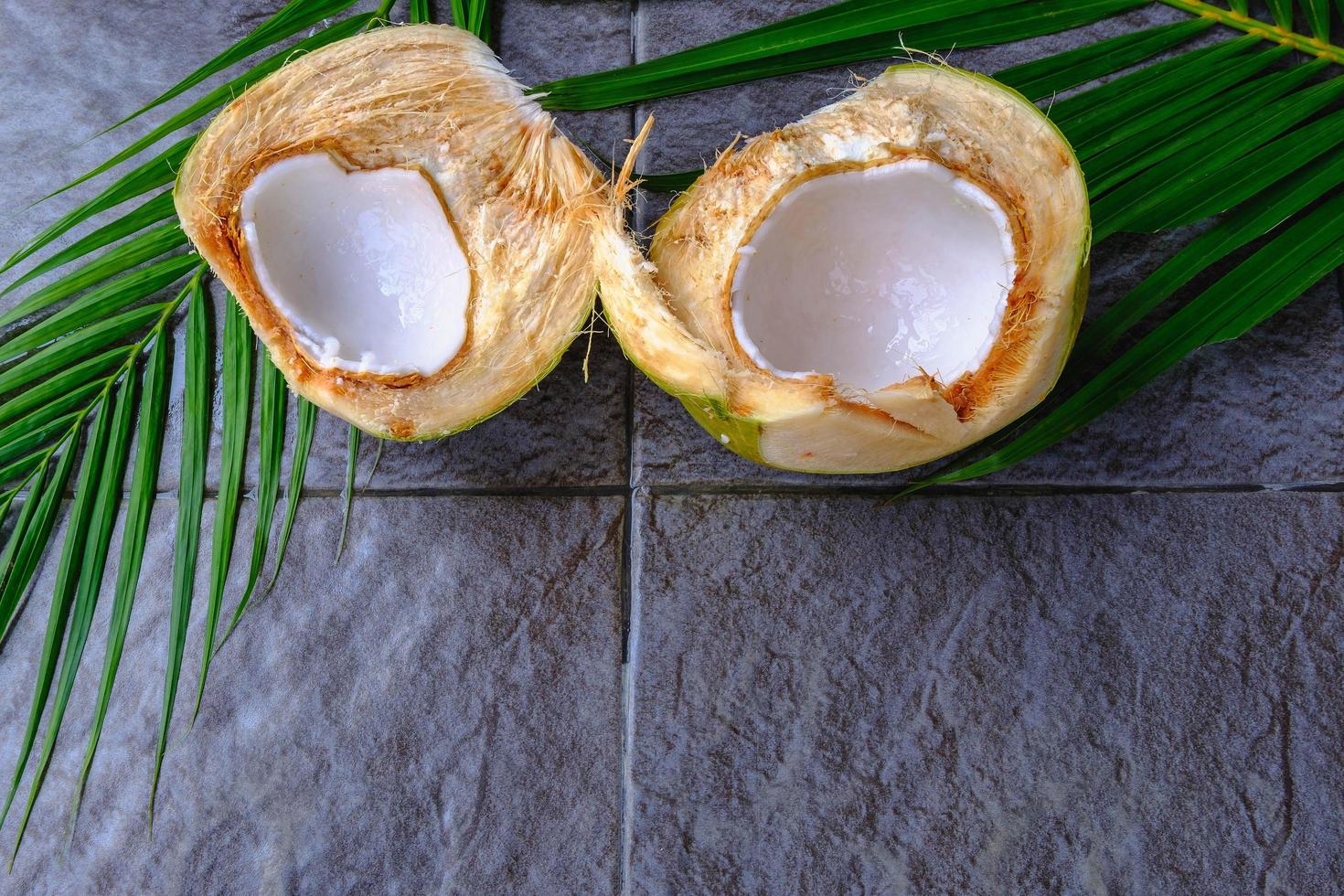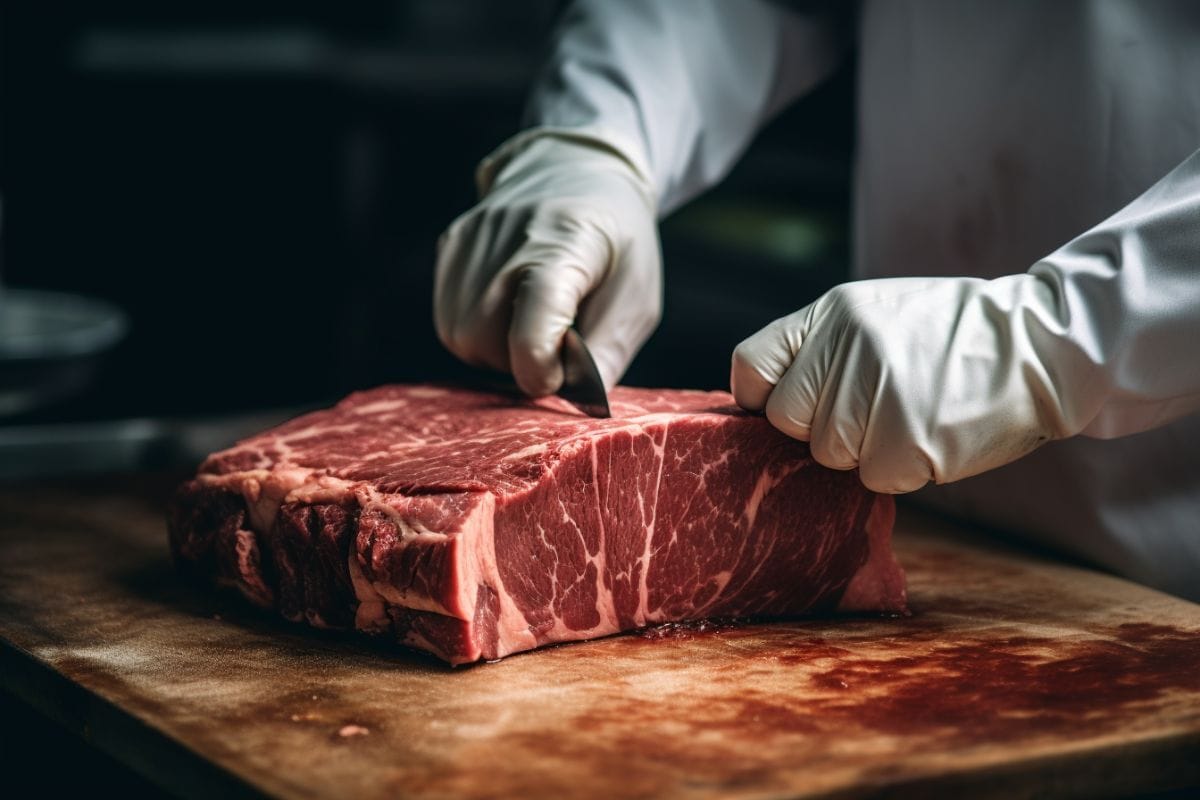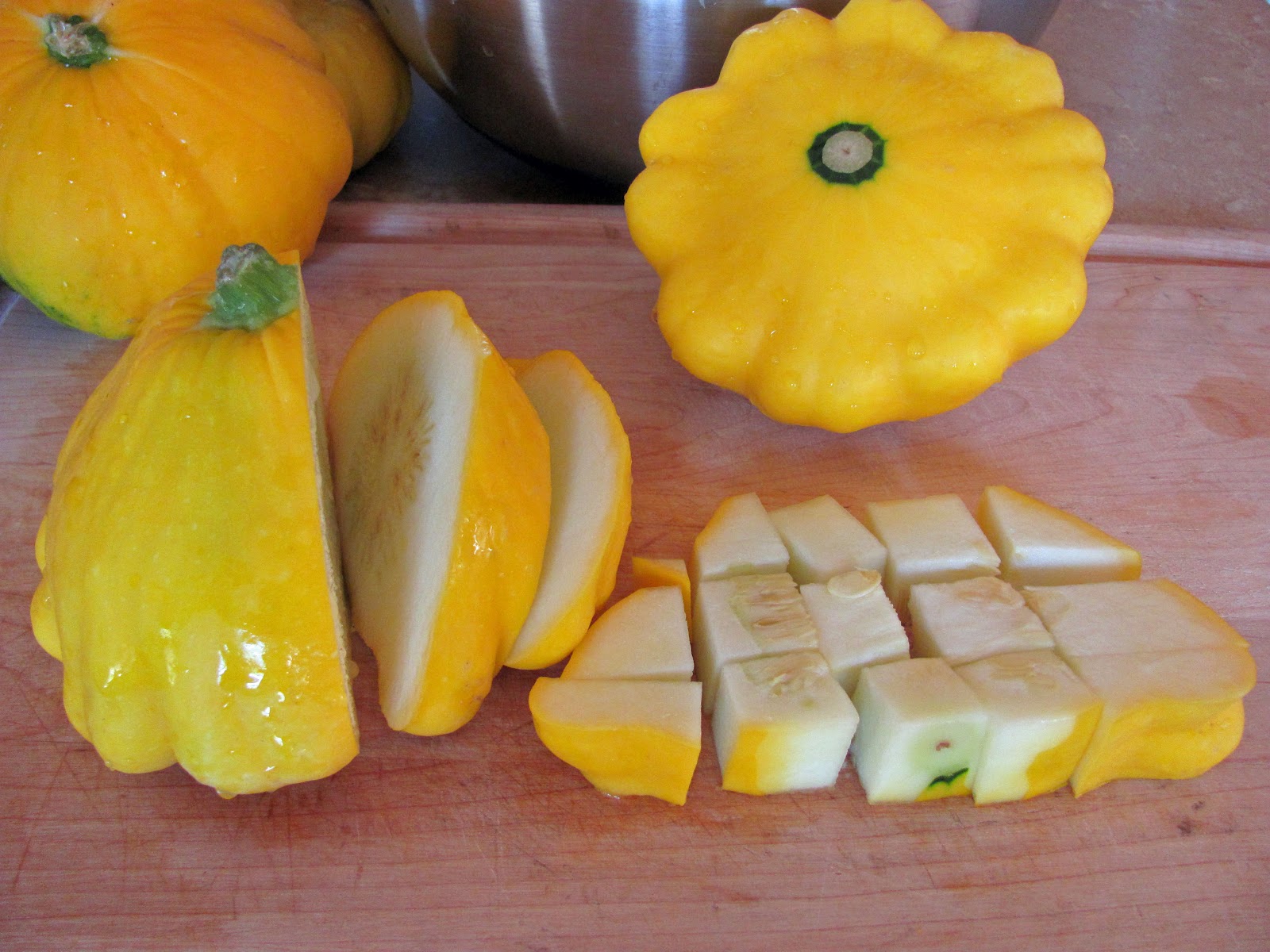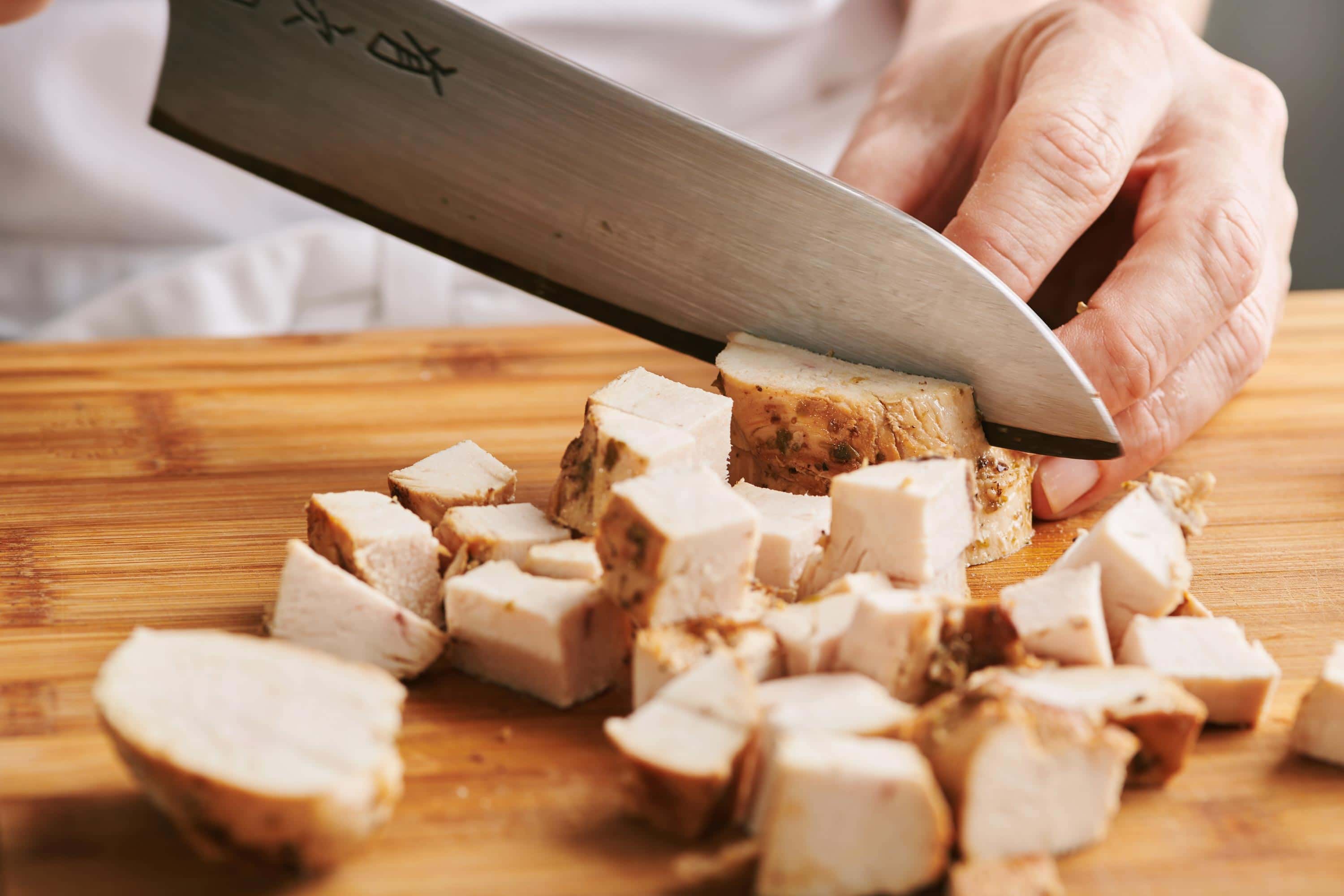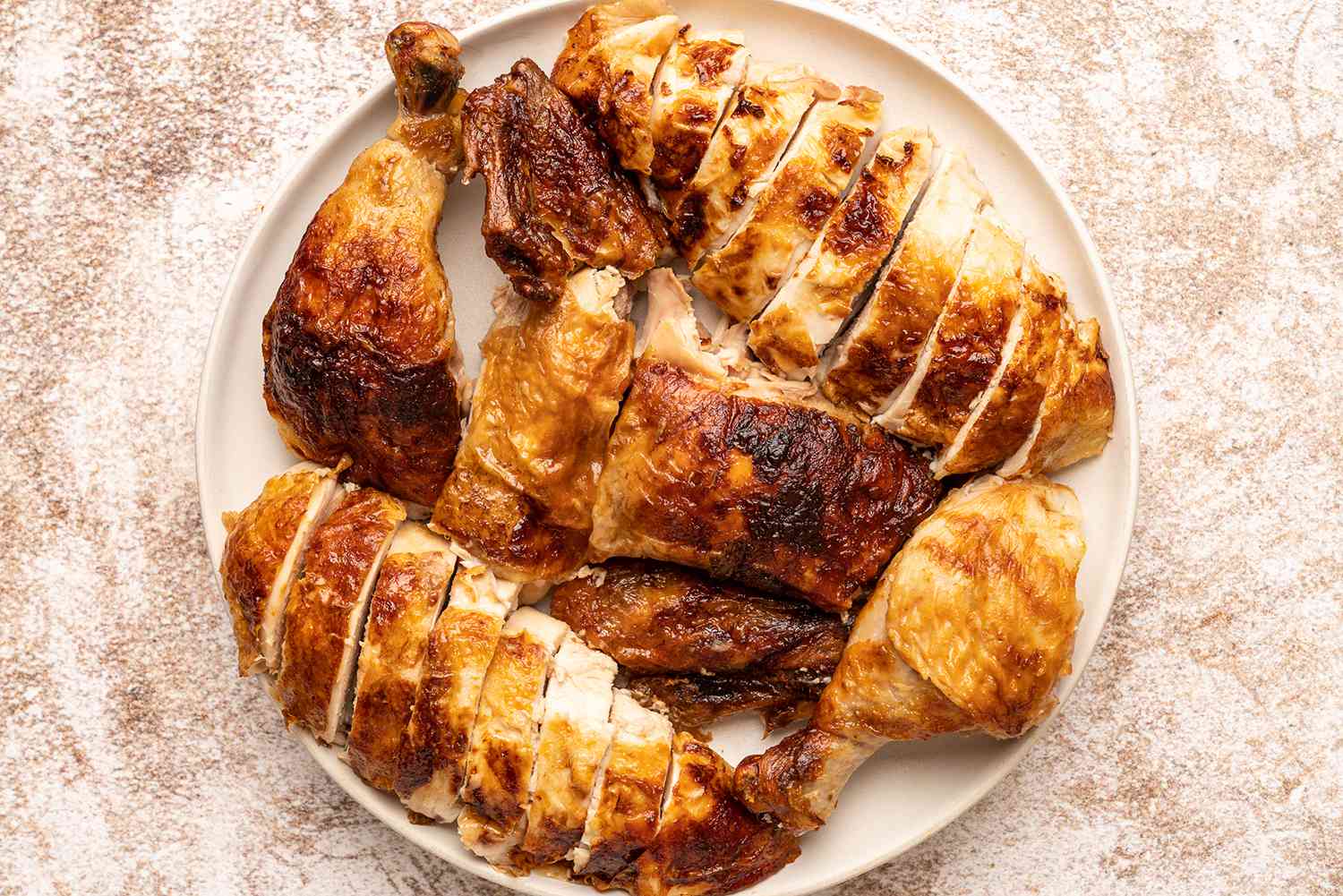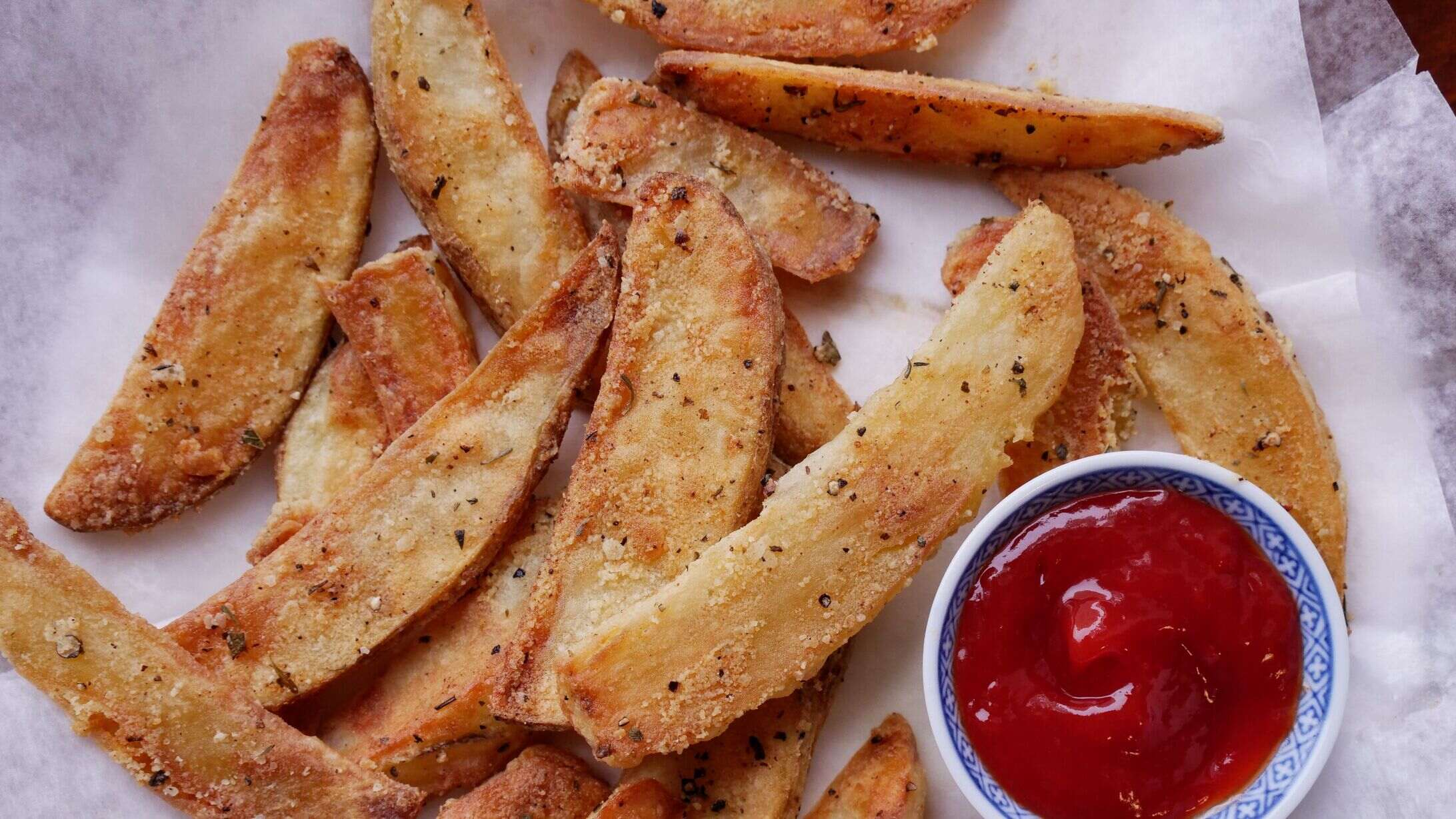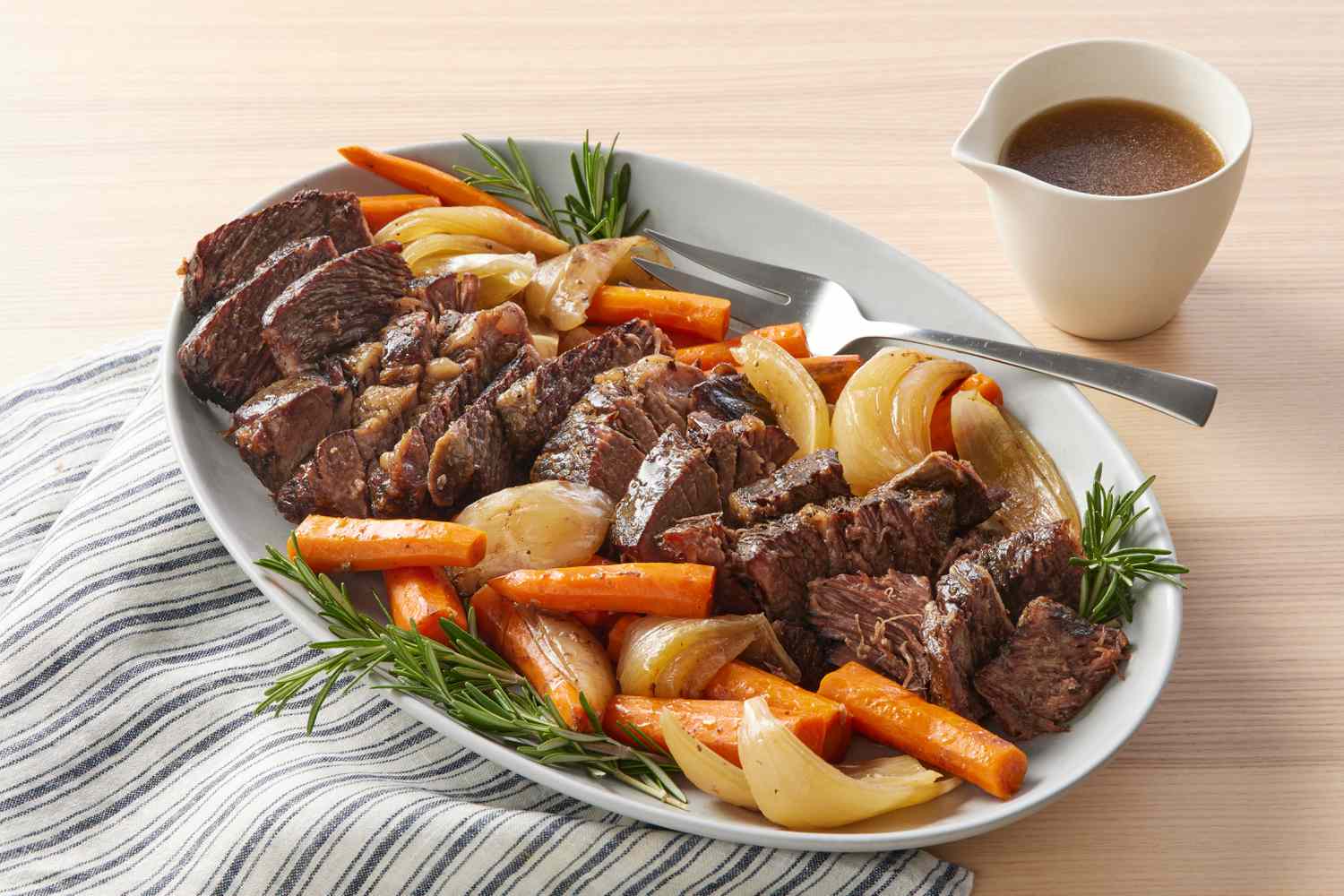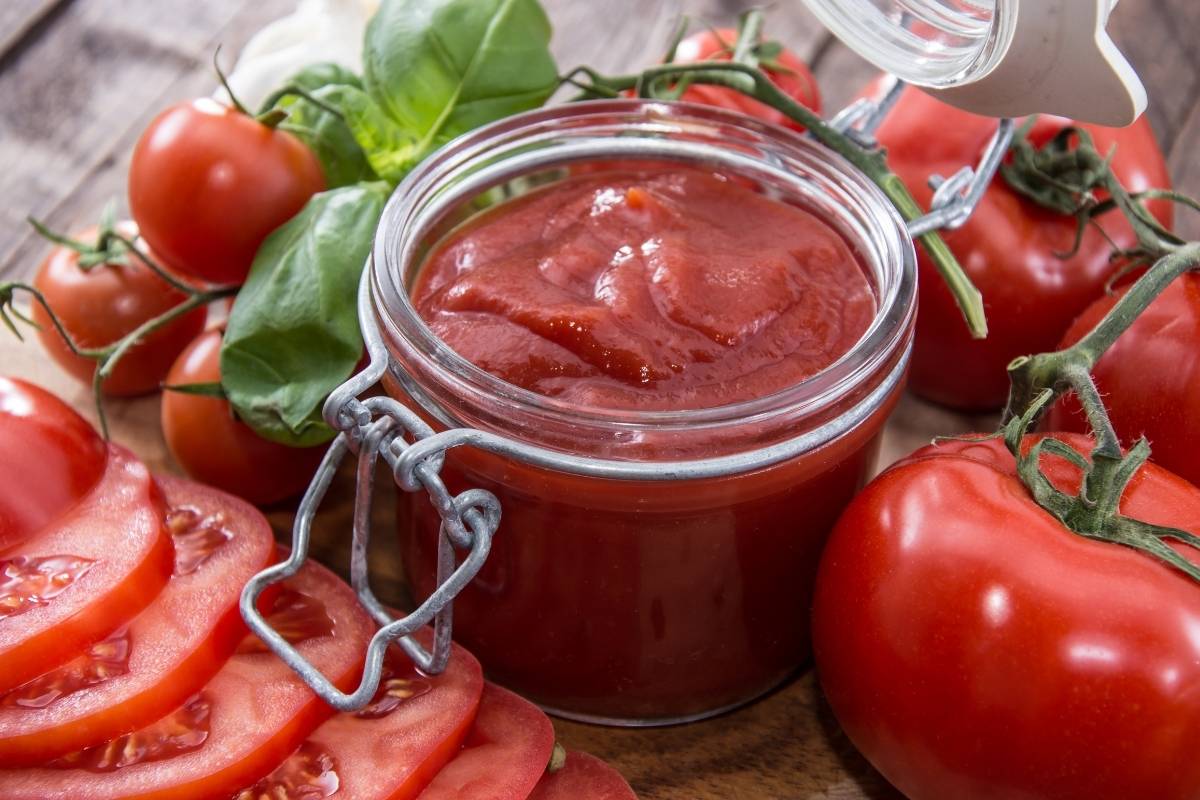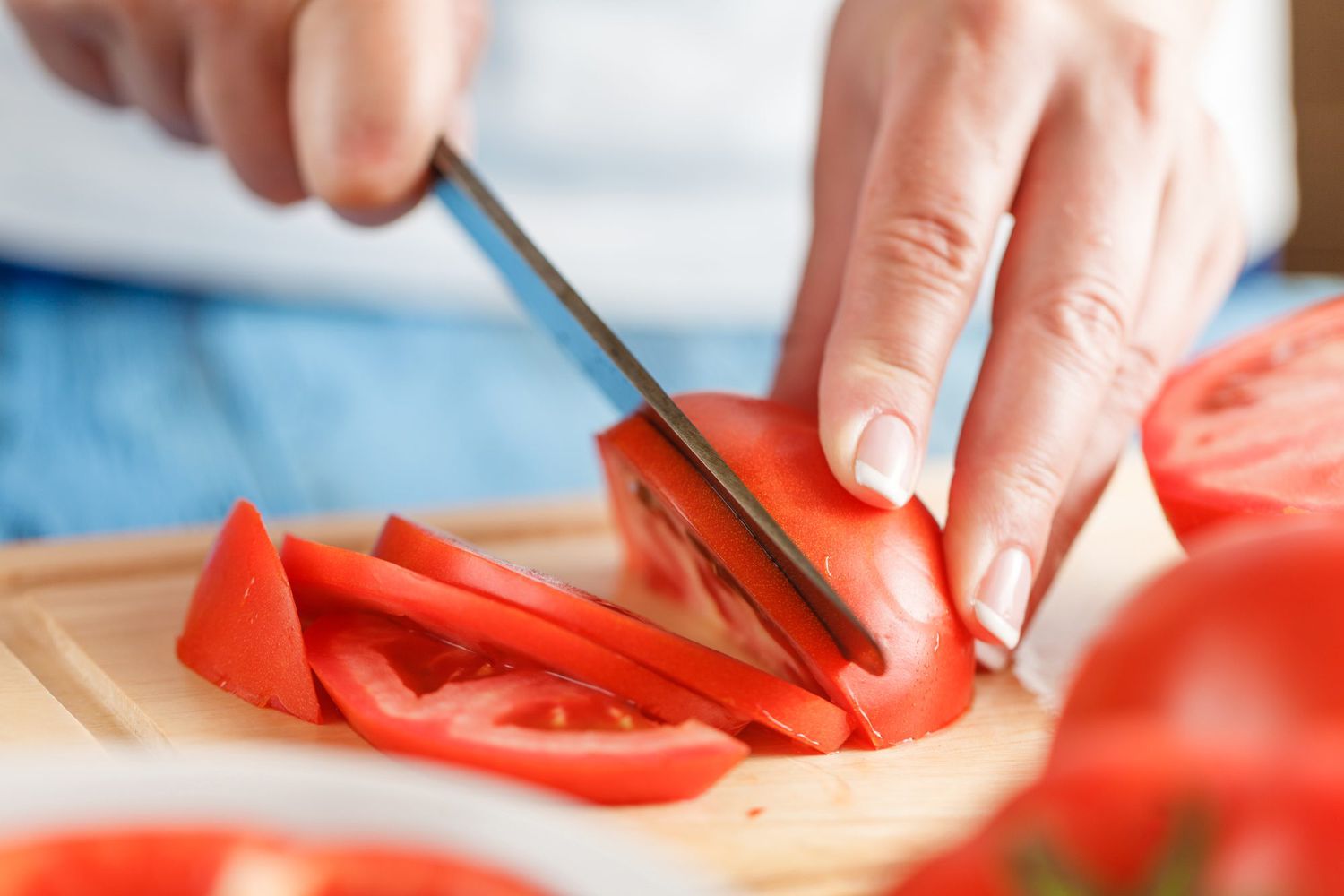Master the Art of Cutting a Beef Brisket – A Step-by-Step Guide
Are you ready to elevate your culinary skills and learn how to cut a beef brisket like a pro? Look no further! In this comprehensive guide, we will walk you through the process step-by-step to ensure that you achieve beautifully sliced brisket every time. So, grab your cutting board and knife, and let’s get started!
What You’ll Need
- A sharp knife: Invest in a high-quality, durable knife that will make your slicing effortless.
- A cutting board: Opt for a large, sturdy cutting board that provides ample space to work with.
- A fully cooked beef brisket: Ensure that your brisket has been properly cooked to achieve optimal tenderness.
- A meat thermometer: This will help you determine if your brisket has reached the desired internal temperature.
- Patience and practice: Cutting brisket perfectly takes time and practice, so don’t be discouraged if it’s not perfect on your first try.
The Step-by-Step Process
Step 1: Prepare Your Brisket
Start by placing your fully cooked brisket on the cutting board and allowing it to rest for a few minutes. This will ensure that the juices distribute evenly throughout the meat.
Step 2: Identify the Grain
Take a close look at your brisket and identify the direction of the grain. The grain refers to the lines or fibers running through the meat. It’s crucial to cut against the grain to ensure maximum tenderness.
Step 3: Separate the Flat and Point
Your brisket consists of two main parts: the flat and the point. To achieve the best results, it’s recommended to separate these two sections. Locate the fat layer that divides them and carefully cut along it, creating two separate pieces.
Step 4: Slice the Flat
Begin by slicing the flat section first. Using your sharp knife, cut thin, even slices perpendicular to the grain. This will ensure that each slice is tender and easy to chew.
Step 5: Trim Excess Fat
As you slice the flat, you may encounter excess fat. Trim off any large chunks of fat to improve the overall taste and texture of your brisket.
Step 6: Slice the Point
Now it’s time to tackle the point section. Similar to the flat, slice the point against the grain into thin, succulent slices. Remember to trim any excess fat as you go along.
Tips for Perfect Brisket Slices
- Keep your knife sharp: A sharp knife ensures clean cuts and makes the slicing process easier.
- Slice at an angle: Slicing the brisket at a slight angle adds visual appeal and ensures tenderness.
- Practice makes perfect: Cutting brisket takes practice, so don’t get discouraged if your first few attempts aren’t perfect. With time, you’ll become a brisket cutting pro.
Time to Impress with Your Perfectly Sliced Brisket
Now that you’ve mastered the art of cutting a beef brisket, you’re ready to present your masterpiece at your next barbecue or family gathering. Remember, practice and patience are key, so keep honing your skills and experimenting with different techniques. With time, you’ll become a seasoned expert and earn the admiration of your friends and family.
Happy slicing!
Explore Delicious Recipes with Your Perfectly Cut Brisket
Now that you've mastered the art of cutting a beef brisket, why not put your skills to the test with a variety of mouth-watering recipes? From traditional favorites to global inspirations, there's a dish for every palate. A highly recommended start is the Classic Smoked Beef Brisket, perfect for honing your smoking and seasoning techniques. For those who enjoy international flavors, the Beef Brisket Pho offers a delightful Vietnamese twist that showcases your brisket in a fragrant, spiced broth. If you're in the mood for something hearty, the Beef Brisket Chili is a comforting choice, blending spices and tender brisket in a way that warms the soul. Each recipe utilizes brisket in a unique way, allowing you to explore a range of cooking methods and flavor profiles. Start with these suggestions and expand your kitchen repertoire!
Was this page helpful?
Read Next: How To Cut A Bell Pepper Into Strips

